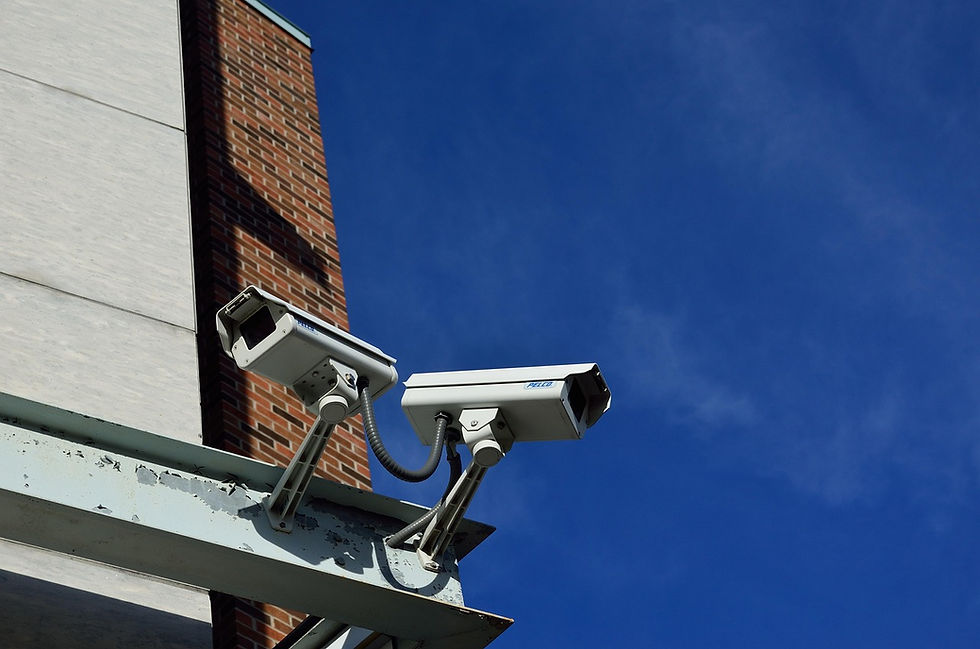Kerb & Channel – A Must-Have Ingredient While Paving Roads
- annawrench1315
- Nov 15, 2018
- 3 min read
A curb spelled in U.S.A or curb used by Australians and British English all means the edge where an elevated sidewalk or road meets a street or other smaller roadways.
Kerb and Channel are basically a concrete or stone slab structures typically played along the edge of a road designed with adequate slope and width to provide road drainage, and for preventing vehicles from leaving the road to pavement. Kerb and Channel are constructed either manually or with a Kerb Channel making Machine. The side view is known as the curb & channel profile.
Although Kerb & Channel have been used throughout modern history, and indeed there is proof that was present in ancient Pompeii construction, and use of Kerb & Channel only began in the 18th century, connected to various movements towards city beautification.

Kerb & Channel may satisfy any or multiple functions. By delineating the edge of the pavement, they separate the road from the roadside discouraging the drivers from parking or driving on sidewalks. They also provide support to the lateral force of the pavement edge. Curbs also provide to runoff water from rain or melted snow and ice into the storm water drainage. There is also an aesthetic appeal in its look.
Not for Rural Roads
Since Kerb & Channel add to the cost of a road, they are generally constructed in urban and suburban places. It is rarely found in rural areas except where certain natural drainage conditions make them necessary. In low-speed environments, Kerb & Channel are useful for controlling motor vehicle traffic and can provide some redirected low-speed impacts.
On higher speed roads, the main function of Kerb & Channel is used for drainage and is invariably used at bridge approach or other locations where erosion is a risky affair.
In case a high-speed vehicle accidentally hits a Kerb & Channel may normally turn towards the sidewalk, rather than be directed away from Kerb& Channel. A vehicle that strikes a Kerb and Channel may either trip into a rollover or get vaulted into the air. The vehicle could be vaulted over a traffic object. This is a reason why they are not used on high-speed roads. Where Kerb & Channel is used with a traffic barrier, the barrier is placed close to or well behind the curb, to reduce the chances of the car rolling over the pavement.
Types of Kerb & Channel
There are three common Kerb & Channel profiles:
• Barrier
• Semi-mountable
• Fully mountable
• Old sidewalk with granite curb
The modern use of stone Kerb & Channel, like bollards is to separate vehicles from pavements used by pedestrians.
There are a number of classifications based on shape, material, height, and whether the Kerb & Channel is connected with a gutter. Most curb is constructed separately from the pavement, and the gutter forms a joint between the roadway and the Kerb & Channel. Combined curb and gutter has a concrete curb and gutter cast altogether.
Shape
Kerb & Channel often has a nearly-vertical face, also called "barrier", "non-mountable”. Vertical-faced curb is used to prevent motor vehicle drivers from crossing a roadway. The square, 90°-edge or squarish type is still used in towns and cities, as it is a straight step down and will not be tripped-over by pedestrians.

Size
In certain countries, such as California, there is an initiative to standardize the design to achieve efficiency, and cost-effectiveness. Trends include using a 24 inches (610 mm) wide Kerb & Channel that balances the increased initial cost affecting lower maintenance costs.
On higher speed roads, the main function of Kerb & Channel is used for drainage and is invariably used at bridge approach or other locations where erosion is a risky affair.
Conclusion - Thus, it is learned that the utility of Kerb & Channel serves multipurpose objectives like traffic control, safety and waste, and rainwater disposal.








Comments